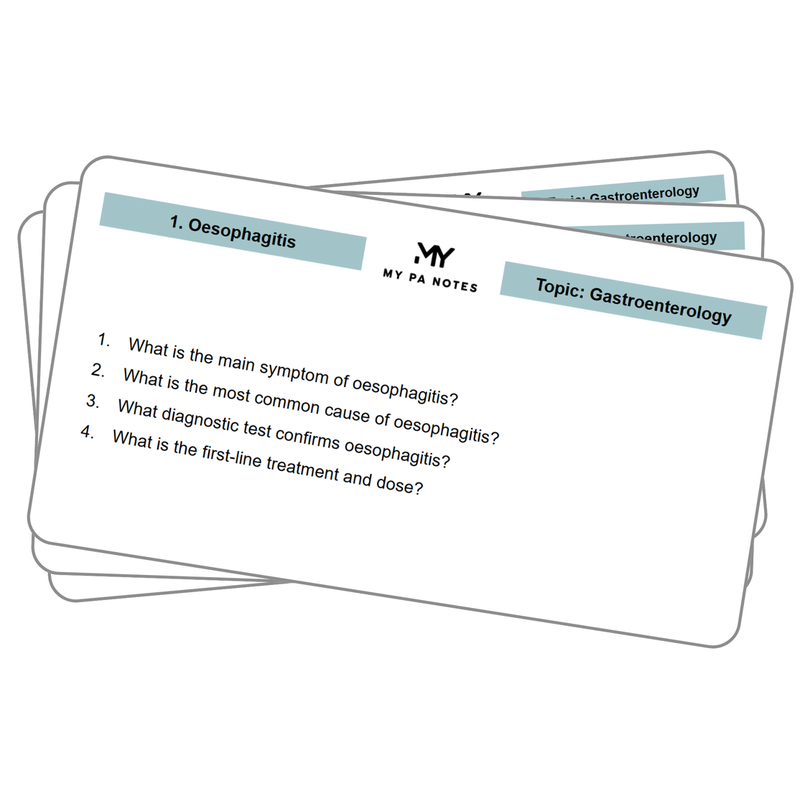Image: "Onychomycosis" is licensed under CC BY-SA 3.0.
Onychomycosis
Introduction
Onychomycosis is a common fungal infection of the nails, affecting toenails more frequently than fingernails. It is characterised by nail discolouration, thickening, and separation from the nail bed. The condition can cause discomfort and cosmetic concerns and may lead to complications if untreated, particularly in individuals with diabetes or immunosuppression.
Aetiology and Risk Factors
Onychomycosis is primarily caused by dermatophyte fungi, but non-dermatophyte moulds and yeasts can also be responsible. The main risk factors include:
- Dermatophytes: The most common causative organisms are Trichophyton rubrum and Trichophyton interdigitale.
- Non-Dermatophyte Moulds: Moulds like Scopulariopsis and Aspergillus can also infect nails, though they are less common.
- Yeasts: Candida species, especially Candida albicans, are more likely to cause onychomycosis in fingernails.
- Age: The incidence increases with age, particularly in those over 60.
- Diabetes: Individuals with diabetes are at higher risk due to poor circulation and a compromised immune system.
- Immunosuppression: Immunocompromised individuals, including those on immunosuppressive drugs, are more susceptible.
- Trauma: Nail trauma or frequent exposure to moisture, such as in athletes or swimmers, increases the risk.
- Footwear: Wearing tight or non-breathable shoes can create a warm, moist environment conducive to fungal growth.
Clinical Presentation
Onychomycosis typically presents with the following features:
- Nail Discolouration: The affected nail may appear white, yellow, brown, or green. Discolouration usually starts at the distal edge and spreads proximally.
- Thickened Nails: The nail may become thickened and brittle, making it difficult to trim.
- Onycholysis: Separation of the nail from the nail bed, often starting at the distal end, is common.
- Subungual Debris: A buildup of keratin and fungal material may occur under the nail, contributing to thickening and discolouration.
- Nail Deformity: In severe cases, the nail may become distorted or crumble.
- Discomfort or Pain: Although often asymptomatic, onychomycosis can cause discomfort, especially when wearing shoes.
Diagnosis
Diagnosis is typically clinical, but laboratory confirmation is recommended before initiating treatment to avoid unnecessary use of antifungal medications:
- Nail Clippings: Microscopic examination of nail clippings can reveal fungal elements.
- Fungal Culture: A fungal culture can identify the specific organism responsible, though this may take several weeks.
- Nail Biopsy: In unclear cases or if other conditions like psoriasis are suspected, a nail biopsy may be performed.
Management and Treatment
Treatment of onychomycosis can be challenging and often requires a prolonged course of therapy. The choice of treatment depends on the severity, the causative organism, and patient factors:
1. Topical Treatments
Topical antifungal treatments are suitable for mild to moderate cases or for patients who cannot tolerate systemic therapy:
- Amorolfine 5% Nail Lacquer: Applied once or twice weekly, this is the first-line topical treatment. It is most effective when the infection is limited to the distal nail and does not involve the nail matrix.
- Ciclopirox 8% Nail Lacquer: Another topical option, applied daily, and can be used similarly to amorolfine.
2. Systemic Treatments
Systemic antifungal therapy is often required for moderate to severe cases, particularly when the nail matrix is involved:
- Terbinafine: Terbinafine 250 mg daily is the first-line systemic treatment, usually prescribed for 6 weeks for fingernails and 12 weeks for toenails. Terbinafine is fungicidal and has a good efficacy profile but may require liver function monitoring.
- Itraconazole: Itraconazole 200 mg daily (or pulse therapy) is an alternative to terbinafine. It is particularly useful for infections caused by non-dermatophyte fungi. The treatment duration is similar to that of terbinafine.
3. Adjunctive Measures
- Nail Debridement: Regular debridement or trimming of the affected nails can help reduce fungal load and improve the penetration of topical treatments.
- Foot Hygiene: Patients should be advised to keep their feet dry, change socks regularly, and wear breathable footwear to prevent recurrence.
- Antifungal Powders or Sprays: These can be used in shoes to reduce fungal contamination and prevent reinfection.
When to Refer
Referral to a dermatologist or podiatrist may be necessary in the following situations:
- Severe or Refractory Cases: If the infection does not respond to initial treatment or is severe, specialist referral is advised.
- Complicated Infections: Patients with diabetes, peripheral vascular disease, or immunosuppression should be referred for specialist care due to the higher risk of complications.
- Uncertain Diagnosis: If the diagnosis is unclear or if there is a suspicion of other nail conditions such as psoriasis, referral for further evaluation is recommended.
References
- British Association of Dermatologists (2024) Guidelines for the Management of Onychomycosis. Available at: https://www.bad.org.uk (Accessed: 26 August 2024).
- National Institute for Health and Care Excellence (2024) Onychomycosis: Diagnosis and Treatment. Available at: https://www.nice.org.uk/guidance/ng198 (Accessed: 26 August 2024).
- British National Formulary (2024) Topical and Systemic Treatments for Fungal Infections. Available at: https://bnf.nice.org.uk/ (Accessed: 26 August 2024).
Check out our YouTube channel
Blueprint Page
Explore the comprehensive blueprint for Physician Associates, covering all essential topics and resources.
Book Your Session
Enhance your skills with personalised tutoring sessions tailored for Physician Associates.




